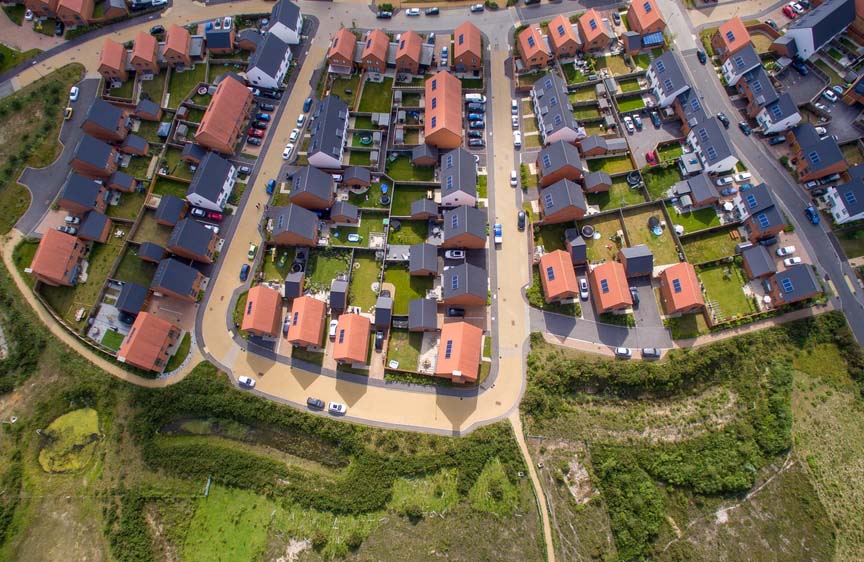RICS propose that Whole Life Carbon Assessments won’t use SAP or SBEM
The Royal Institution of Chartered Surveyors (RICS) is consulting on the second edition of Whole life carbon assessments in the built environment – which mandates a methodology to track all carbon emissions of built assets over their entire life cycle.

The built environment is estimated to be responsible for approximately 43% of global carbon emissions. However, due, in part, to the use of our national calculation methodologies (SAP and SBEM) building owners have been able to make decisions for improvement, and the government has been able to model savings that form the basis of sound energy efficiency policy.
Whilst there is still significant opportunity for improvement to reduce operational emissions from buildings, it is logical that the energy consumed in construction is also assessed, minimised, and monitored. That is why Elmhurst is enthusiastic about Life Cycle Analysis and the role that energy assessors should have in its delivery.
To bring about the consistency of assessment and reporting, RICS is consulting on the second edition of Whole life carbon assessments in the built environment – which mandates a methodology to track all carbon emissions from the production of materials, construction process, use and disposal of built assets over their entire life cycle. The revised document does not have any statutory authority but is being considered one of the leading normative documents that may, one day, appear in legislation.
As the revised document is 151 pages long, it will need some time to read and digest. However, Elmhurst would like to make two simple points:
1. Create a process that can deliver assessments at scale – The document purports to cater to all buildings. Yet many of the references relate to commercial buildings which have, understandably, developed their own unique design process and supply chain. With approximately 250,000 homes being built every year, the documents need to understand the needs of this market and develop a process that is practical and utilises the skills of the country’s accredited new build energy assessors.
2. Build upon what has been successful – When the market for carbon assessment increases from a few hundred each year to hundreds of thousands, we will need a process that can operate at scale using readily available practical tools. The documents are proposing that “all dwellings will require an ASHRAE Standard 90.1 ‘Energy Standard for Buildings’ or the ‘Passivhaus planning package (PHPP)’ and states that “under no circumstances should the results of Part L 2021 calculations [i.e. SAP and SBEM] be used”.
SAP and SBEM are our National Calculation Methodologies and are being used day in and day out by thousands of assessors operating under an established quality assurance framework at a reasonable cost. The methodologies are currently under significant review, which Elmhurst would be the first to say is overdue. However, to not use them is undoing 20 years of progress and will, undoubtedly, hold back the adoption and benefits of an otherwise excellent initiative.
Consultation Response:
Elmhurst will be responding to the consultation and would encourage all new build assessors (domestic and non-domestic) to do likewise.
The consultation opened on 7th March and will close at 23:59 BST on 18th April 2023.
A link to the RICS consultation for the second edition of Whole life carbon assessments in the built environment is available on the link below: https://consultations.rics.org/whole_life_carbon_standard/consultationHome
